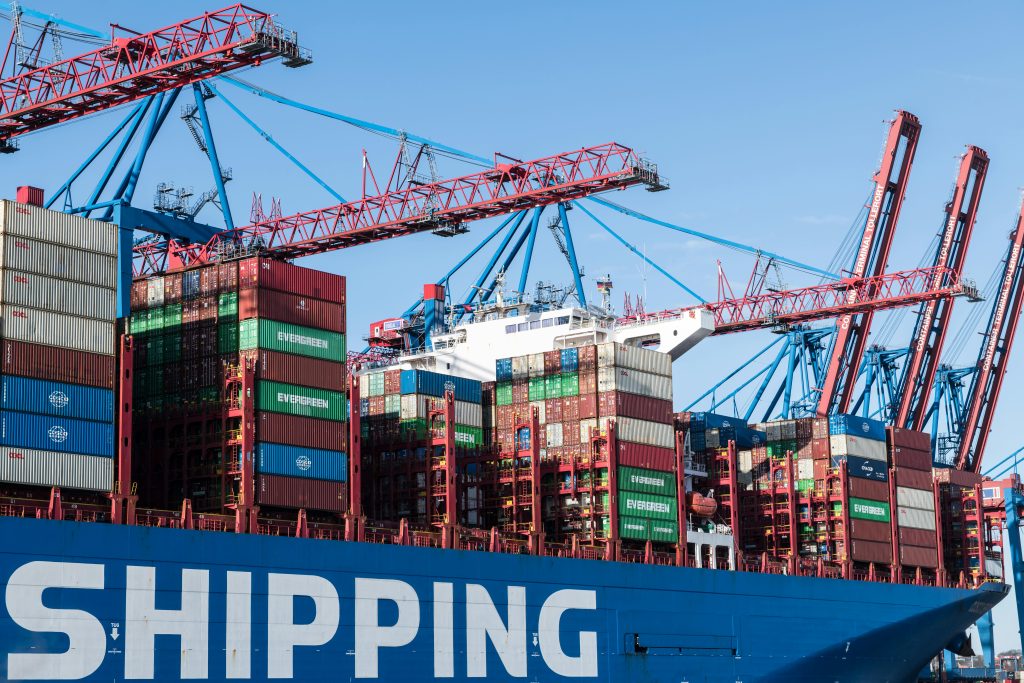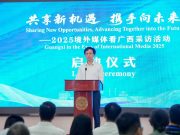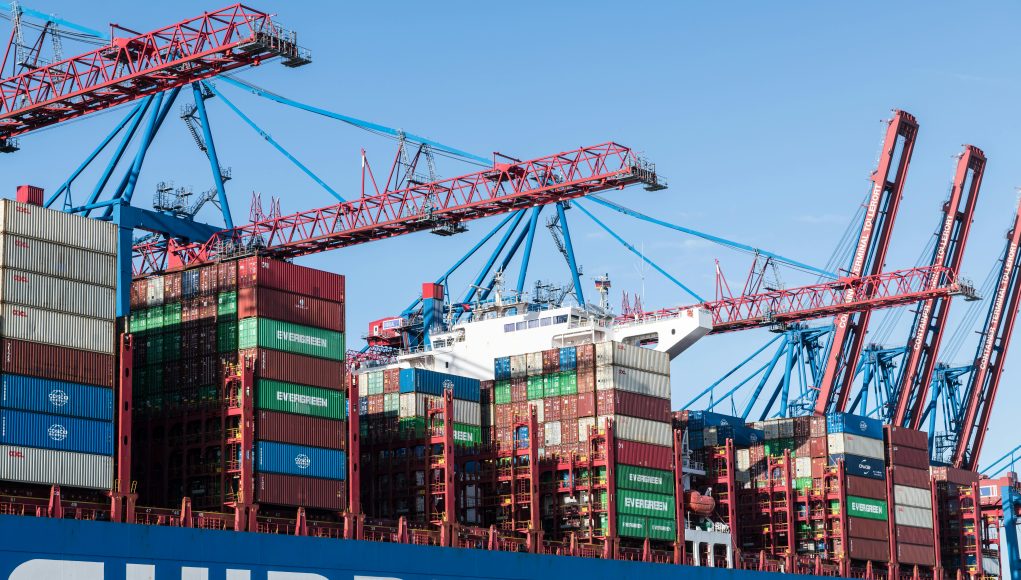
(Singapore, 14.10.2025)The United States and China have opened a new front in their widening trade war, rolling out matching port fees on each other’s vessels that could reshape global shipping routes and raise costs across industries — from consumer goods to energy.
Starting Tuesday, both countries began collecting additional port fees on ocean shipping firms with links to the other side. The move marks the first-time maritime transport — the lifeline of global trade — has been pulled so directly into the confrontation between the world’s two largest economies.
Beijing said it has started imposing special port charges on vessels that are U.S.-owned, operated, built, or flagged. However, ships built in China — even if foreign-owned — will be exempt.
According to details released by state broadcaster CCTV, the new fees will be collected at the first port of entry for a single voyage, or on the first five voyages within a year, following an annual billing cycle beginning April 17. Empty ships entering Chinese shipyards for repairs are also exempted.
The new rules appear designed to shield China’s own shipyards while targeting U.S. firms directly involved in maritime transport.
Earlier this year, President Donald Trump’s administration unveiled a plan to impose similar fees on China-linked ships, aiming to “reduce dependence” on Chinese maritime capacity and revive U.S. shipbuilding. The move followed an investigation launched under former President Joe Biden, which found that China used “unfair policies and practices” to dominate global logistics and ship manufacturing.
The U.S. levies officially take effect on the same day as China’s. Analysts estimate the measures could cost the global shipping industry billions of dollars. Chinese shipping giant COSCO is expected to be hardest hit, accounting for nearly half of the $3.2 billion in fees projected for 2026.
In response, Beijing last week announced matching fees on U.S.-linked vessels. Jefferies shipping analyst Omar Nokta said roughly 13% of the world’s crude tankers and 11% of container ships could be affected, warning that “the ripple effects will reach well beyond U.S.–China trade.”
Global shipping braces for turbulence
Industry players are already warning of disruptions. “This tit-for-tat symmetry locks both economies into a spiral of maritime taxation that risks distorting global freight flows,” Athens-based Xclusiv Shipbrokers said in a research note.
Experts say the new fees could prompt carriers to reroute ships or increase freight rates, adding to global inflationary pressures at a time when supply chains are still recovering from pandemic-era shocks and energy market volatility.
Shares in Shanghai-listed COSCO rose more than 2% on Tuesday morning, after the company announced plans to buy back up to 1.5 billion yuan (S$273 million) worth of shares over the next three months “to maintain corporate value and safeguard shareholder interests.”
While investors appeared to welcome the move, analysts warned that the broader outlook for shipping remains uncertain.
Trump, meanwhile, escalated tensions further last Friday by threatening to double tariffs on all Chinese goods — to as high as 100% — and impose new export controls on critical software by November 1.
In a sign that trade disputes are expanding beyond tariffs, U.S. officials also warned countries supporting a United Nations maritime climate plan this week that they could face sanctions or port bans.
The International Maritime Organization (IMO) is due to vote on a proposal to curb greenhouse gas emissions from global shipping — a plan publicly backed by China.
“The weaponisation of both trade and environmental policy signals that shipping has moved from being a neutral conduit of global commerce to a direct instrument of statecraft,” Xclusiv noted.
China says talks remain open
Despite the rising tensions, Beijing says communication with Washington has not broken down. China’s Ministry of Commerce on Tuesday rejected U.S. claims that it had ignored outreach over new export curbs on rare earths.
“Both sides have been in contact under the China–U.S. trade consultation mechanism, and a working-level meeting was held just yesterday,” a ministry spokesperson said.
The official accused Washington of sending mixed signals — calling for dialogue while threatening new restrictions. “This is not the right way to engage with China,” the spokesperson said.
The ministry defended the rare earth curbs as a “legitimate measure” and urged the U.S. to “correct its wrong actions as soon as possible” to create conditions for further talks.
Trump signals room for deal
Trump’s sharp rhetoric last week — including a threat to cancel a planned meeting with President Xi Jinping at next month’s Asia-Pacific Economic Cooperation (APEC) summit in South Korea — had raised fears of a full diplomatic rupture. But by Monday, the U.S. president appeared to soften his tone, saying he was “open to doing a deal” with Beijing.
Treasury Secretary Scott Bessent confirmed that U.S. and Chinese officials would hold staff-level meetings in Washington this week during the IMF and World Bank gatherings, with further talks expected “in Asia” ahead of the Trump–Xi meeting.





































